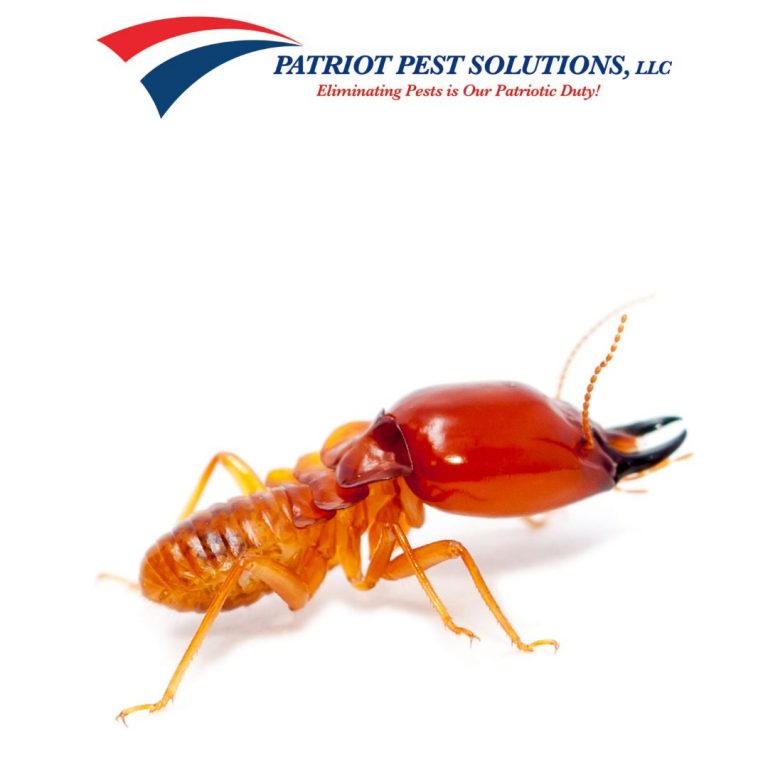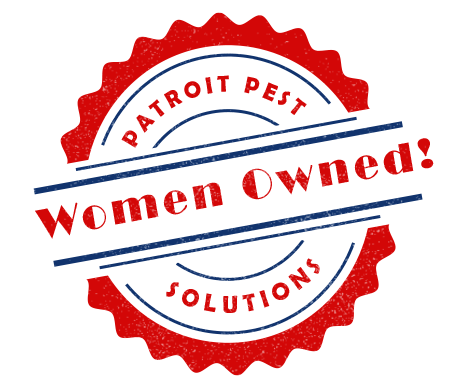No one likes an unexpected guest, especially when that ‘guest’ is closer to a pest infestation. For homeowners, understanding the difference between ants and termites is crucial. Distinguishing between the two is one of the first steps in managing a potential pest problem — a task that’s not always as straightforward as it seems, given their similar size and swarm behaviors.
Here, we’ll take a deep exploration into the characteristics, behaviors, and threats posed by each of these insects. Further, we’ll provide insights from experts at Patriot Pest Solutions on strategies to differentiate them. Arm yourself with the knowledge needed to protect your home from these invasive pests.
The Anatomy of Ants and Termites
Ants and termites are both eusocial insects — meaning they live in large, organized groups. But that’s about where their similarities end. Ants have a distinct narrow waist and bent antennae, while termites’ waists are less constricted, and their bodies are relatively straight. These physical differences are subtle and often require close examination or the aid of a magnifying glass.
Key Differences
Ants
- Pinched waists
- Elbowed antennae
- Differing sizes within a single species
Termites
- Typically light or creamy in color
- Straight, non-angled antennae
- More uniform in size within a single species
Behaviors and Nests
Understanding the behaviors and nesting habits of ants and termites can provide valuable clues. Ants are more often seen and build their nests in plain sight — in your yard, under woodpiles, or around the foundations of your home.
Termite Behavior
Termites, on the other hand, are the “silent destroyers,” primarily staying out of sight inside their colonies and their often well-hidden nests. They are notorious for consuming wood from the inside out, creating significant structural damage before their presence is detected.
Indicators of Termites
- Mud tubes on exterior walls
- Hollow-sounding wood
- Accumulations of termite droppings — known as frass
The Diet of Destruction
Ants deploy a wide range of dietary preferences. Some are scavengers, seeking out sugary or protein-rich foods, while others feed on wood or even Cheetos crumbs. Termites, however, exclusively consume cellulose, and their insatiable appetite for timber poses a significant threat to the structural integrity of your home.
Ways to Spot a Termite Infestation
- Discarded wings, as reproductive termites shed their wings after swarming
- Sagging floors or ceilings, indicating internal wood damage
- Hearing clicking sounds within your walls during the night
Seasonal Swarming
Both ants and termites have reproductive swarms that are a sign of an established colony. Ants tend to swarm in the spring, with species and regions determining the exact time. Termite swarms emerge during warmer months, often after a rain or from water-damaged wood.
Distinct Swarming Behaviors
Ant swarms are typically short-lived, and winged ants will shed their wings after landing to mate. Conversely, termite swarmers keep their wings after taking flight and can often be found near windowsills and light sources.
Prevention and Control
The best defense against these pests is a good offense of regular inspection and preventative measures. Start by removing wood debris from your property, ensuring that your home’s exterior is sealed, and keeping a tidy, crumb-free home.
Professional Pest Control
While prevention is key, professional pest control can be necessary if an infestation occurs. Companies like Patriot Pest Solutions can not only identify the pest but also implement targeted treatment plans that are safe for your family and the environment.
Preventing Ants and Termites
- Regular inspections
- Maintain a dry environment to prevent moisture-damaged wood
- Keep all food sealed and stored properly
Identifying and Eliminating Termites in Your Home
Identifying the kind of pest in your home is half the battle, and when it comes to ants and termites, distinguishing between the two can be difficult for an untrained eye. Professional pest control services can greatly assist in resolving infestations.
Tips for Home Identification
- Examine the pest’s wings, if present
- Look for patterns such as mud tubes and where the suspected pests are most frequently seen
- Search for frass, a sign of termite infestation, around your home’s wood structures
Being able to distinguish between ants and termites is an essential skill for homeowners, particularly those in areas prone to pest infestations. Regular inspections, a keen eye for physical characteristics, and understanding the unique behaviors of these insects are top strategies to safeguard your home. Remember, when in doubt, rely on professional pest control services to diagnose and treat any issues.
It is vital to stay one step ahead of pest infestations, and knowledge is your most potent weapon. Educate yourself on the telltale signs and habits of ants and termites, and rest assured that you’re equipped to protect your home from these unwanted intruders.




